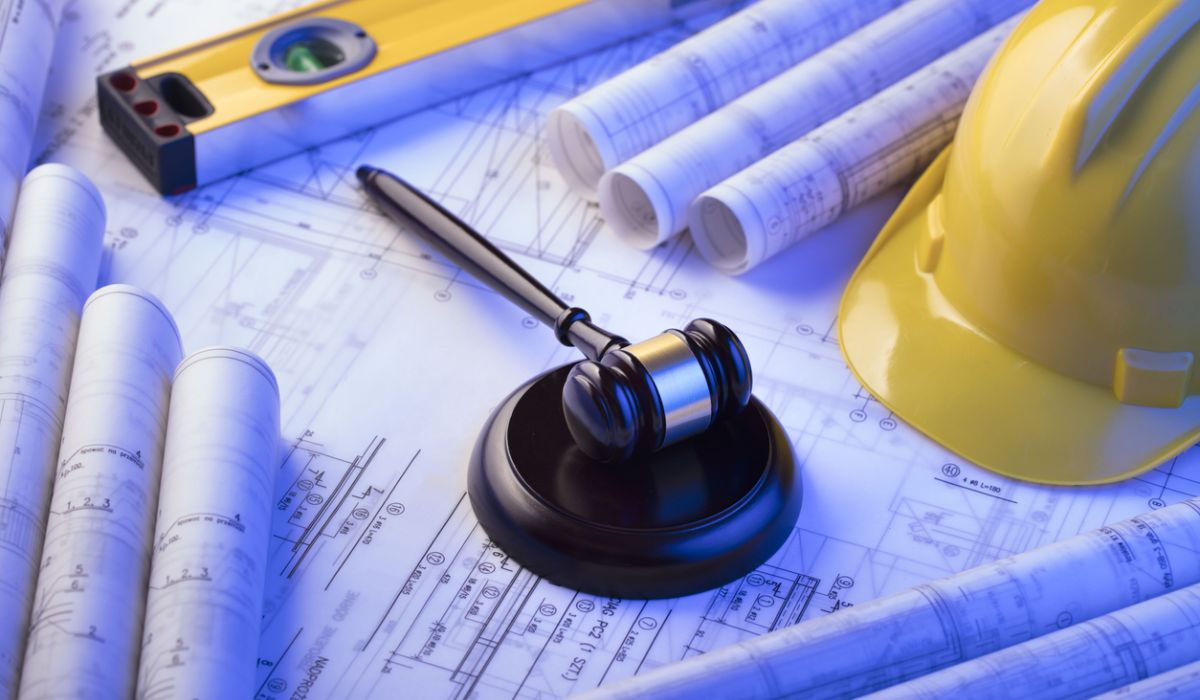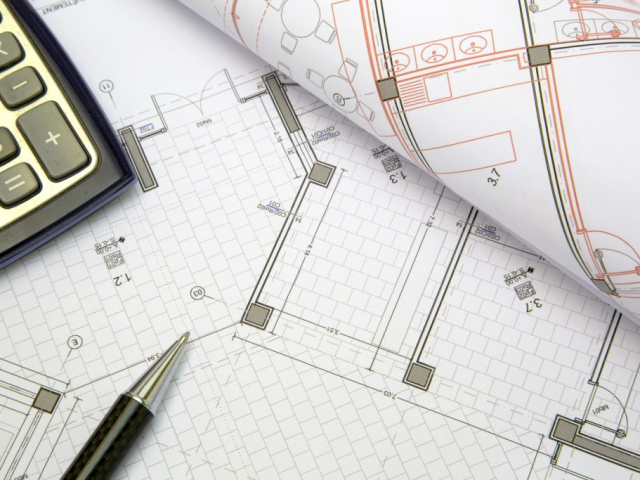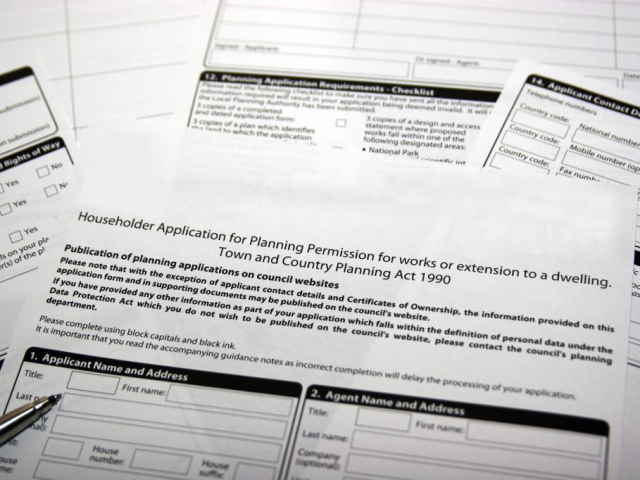
Understanding the Impact of 2024’s Architect Legislation
Architect legislation is crucial in shaping the UK’s built environment, ensuring safety, functionality, and sustainability. The upcoming 2024 architectural legislation changes will significantly impact architectural practices, including Detailed Planning.
These changes will introduce new responsibilities and requirements, necessitating a thorough understanding to maintain compliance and deliver exceptional client services. Our team here at Detailed Planning have been brushing up on the new rules and regulations coming into play; because of this, we wanted to highlight a few things coming in 2024.
If, after you have read our latest article, you are ready to partner with our team, be sure to pick up the phone and speak to us today; we are always happy to be your number-one architect!
Fundamental Changes in the 2024 Architect Legislation
The upcoming 2024 architectural legislation changes in the UK will significantly modify current practices, affecting architects and building projects. These changes will enhance safety, functionality, and sustainability within the built environment. As part of these modifications, new duties will be introduced for architectural designers, including the role of Principal Designer in smaller practices.
Architects must understand the similarities between Principal Designers under the Construction Design and Management Regulations (CDM) and the Building Safety Act (BSA) to ensure compliance with the new legislation. Both roles require a thorough understanding of the design process and the ability to manage potential risks and hazards. By incorporating these new responsibilities into their practices, architects can effectively adapt to the changing legislation and continue to deliver outstanding services to their clients in the UK.
The Building Safety Act and Building Control Regime
The Building Safety Act has introduced significant changes to the UK’s building control regime, aiming to improve safety and quality within the built environment. One of the critical aspects of these changes is the new powers and responsibilities given to building control inspectors. These professionals now have greater authority and accountability when assessing and monitoring building projects, ensuring that they adhere to the highest safety and compliance standards.
For architects, these changes in the building control regime have far-reaching implications. Their interactions with building control authorities will now be more closely scrutinised, requiring a higher level of diligence and communication to ensure that projects meet the stringent requirements of the new legislation. By staying informed and adapting to these changes, architects can continue to deliver exceptional services while maintaining compliance with the latest UK architect legislations.
The Principal Designer’s Role and Competence
As part of the upcoming UK architect legislation, the role of Principal Designer has been introduced, placing greater emphasis on safety and compliance within the built environment. The Principal Designer is responsible for coordinating health and safety during the pre-construction phase of a project, ensuring that all relevant risks are identified, assessed, and managed accordingly. This role requires a thorough understanding of the design process and the ability to communicate and collaborate with all project stakeholders effectively.
Competence is a crucial aspect of the Principal Designer role, as it ensures that the individual has the necessary skills, knowledge, experience, and training to fulfil their responsibilities effectively. This includes staying up-to-date with industry developments and best practices and solidly understanding relevant legislation and regulations.
For architects seeking to adapt to the new legislation and excel in the role of Principal Designer, the Royal Institute of British Architects (RIBA) offers a Principal Designer course. This comprehensive programme covers all aspects of the role, including the legal requirements, practical application of health and safety principles, and effective communication and collaboration with project stakeholders. By completing this course, architects can ensure they are well-equipped to navigate the challenges of the new legislation and continue to deliver outstanding services to their clients.
Implications for Architectural Practices
As the UK’s architectural legislation evolves, architectural practices, including Detailed Planning, must adapt to the changes. The new requirements will necessitate a heightened awareness of industry developments and best practices to ensure compliance and maintain a high standard of service for clients.
One key aspect of adapting to the new legislation is staying informed. Architectural practices must remain up-to-date with the latest legal changes, guidelines, and recommended practices to continue delivering exceptional service while adhering to the new requirements. This commitment to staying informed not only demonstrates professionalism but also helps to build trust with potential clients.
Clear communication and collaboration are essential elements in complying with the new legislation. As architects navigate the new requirements, they must work closely with clients, project stakeholders, and regulatory authorities to ensure that all parties are well-informed and aligned on project goals and expectations. By fostering a collaborative approach, architectural practices can create a smoother and more efficient design process, leading to successful project outcomes that meet the stringent standards of the new UK architectural legislation.
Transition and Future Developments
As the new UK architect legislation is enacted, transitional arrangements will help architects and building projects adjust to the changes. These arrangements will provide a structured and gradual transition, ensuring that practices have the necessary support and guidance to adapt to the new requirements and maintain compliance with the evolving regulations.
It is essential to consider the possibility of future changes or developments in architectural legislation. As the built environment evolves, new challenges and opportunities may arise that necessitate further modifications to current legislation. By staying informed and adapting to future changes, architectural practices can remain at the forefront of their field and continue delivering exceptional services to their clients.
In conclusion, navigating the transition to the new UK architectural legislation and preparing for potential future developments is crucial for architectural practices. By staying informed, adapting to change, and maintaining a customer-focused approach, practices like Detailed Planning can continue to provide outstanding services and expertise to their clients, ensuring successful project outcomes that align with the latest regulatory requirements.
Detailed Planning – Your Local Architects Keeping You Up To Date!
In summary, the upcoming 2024 UK architect legislation will significantly change the architectural industry, affecting the responsibilities and requirements of professionals involved in building projects. By understanding and adapting to these changes, architects can maintain compliance and continue delivering exceptional services to their clients.
As highlighted in this blog, the critical aspects of these new legislations include introducing the Principal Designer role, changes to the building control regime, and the importance of competence and collaboration. By staying informed and adapting to these changes, architects can navigate the challenges presented by the new regulations and continue to excel in their field.
At Detailed Planning, we are committed to staying up-to-date with the latest developments in UK architect legislation and providing expert advice and assistance to our clients. If you have any questions or concerns about how these changes may affect your building project, please do not hesitate to contact our knowledgeable team for guidance and support. We are here to help you navigate the complexities of the new legislation and ensure your project’s success.






